 April 2020
Protecting against the dangers of space radiation
April 2020
Protecting against the dangers of space radiation
... some of SCK CEN/DLR radiation detectors inside a Colombus module on the ISS. Radiation carried by the solar wind is considered to be low hazard. It produces a constant flux of low energy electrons, protons and alpha particles which are...
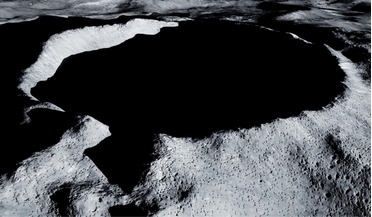 May 2020
Protecting areas of scientific importance on the Moon
May 2020
Protecting areas of scientific importance on the Moon
... for conversion to rocket propellant or drinking water for space colonisation. Helium-3 - produced by the impact of solar wind on the lunar surface - is a potentially valuable isotope of helium that could be used in future fusion reactors. As the...
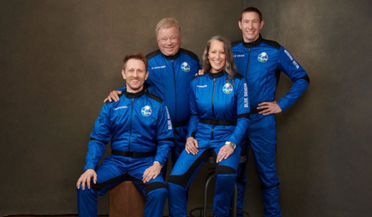 11 October 2021
Blue Origin flight with William Shatner postponed until 13 October
11 October 2021
Blue Origin flight with William Shatner postponed until 13 October
... Launch Site One on 13 October. The flight originally scheduled for 12 October, has been postponed due to forecasted winds on Tuesday. About the crew Perhaps one of the the most notable stars of TV and film, William Shatner...
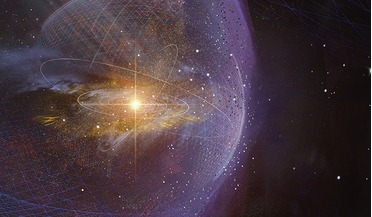 January 2022
Revealing the magnetic universe
January 2022
Revealing the magnetic universe
...the magnetic field in regulating the star formation process, constraining the mechanical energy output from stellar winds and combining these seemingly diverse processes to probe the connections in other galaxies between the gravitational interaction...
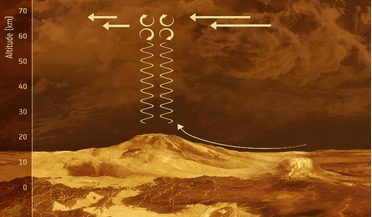 19 July 2016
Gravity waves on Venus create 'fountain of Aphrodite'
19 July 2016
Gravity waves on Venus create 'fountain of Aphrodite'
... At the cloud tops, temperatures are a frigid -70°C (203.15 K) – similar to temperatures found at the cloud-tops of Earth – however wind speeds reach 300-400 km/h, much faster than hurricanes on Earth. In addition to being blistering hot, the surface...
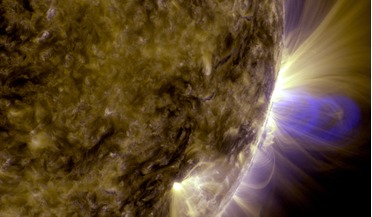 08 April 2019
Rain on the Sun links long-standing solar mysteries
08 April 2019
Rain on the Sun links long-standing solar mysteries
...while no less important, involves processes that drive the solar wind. Key to both of these phenomena is something called coronal ...of it escape to form one part of the slow solar wind. Mason is currently working on a computer simulation to elucidate ...